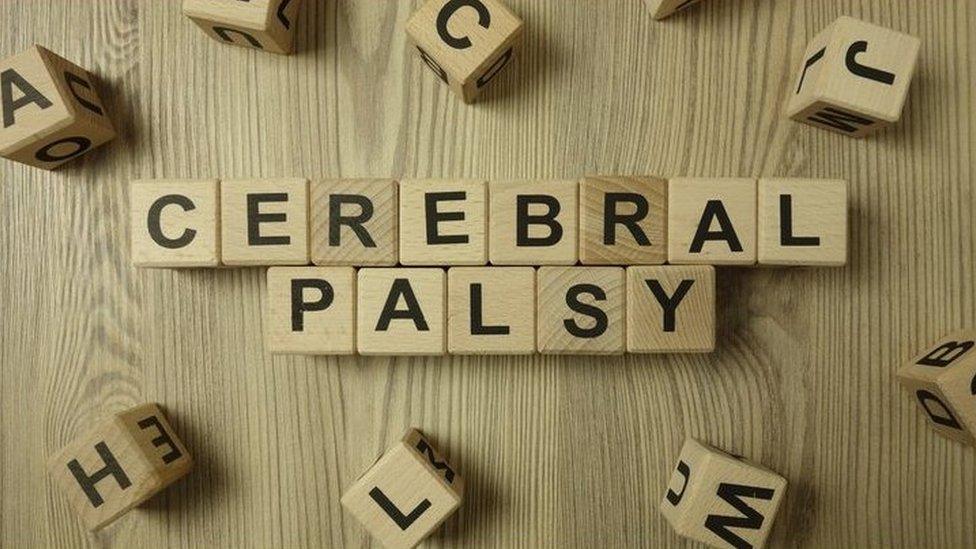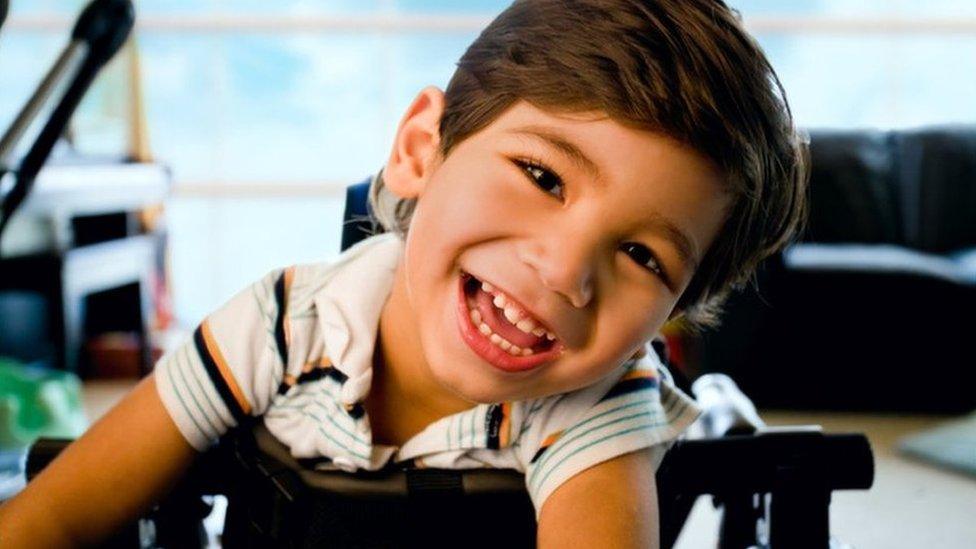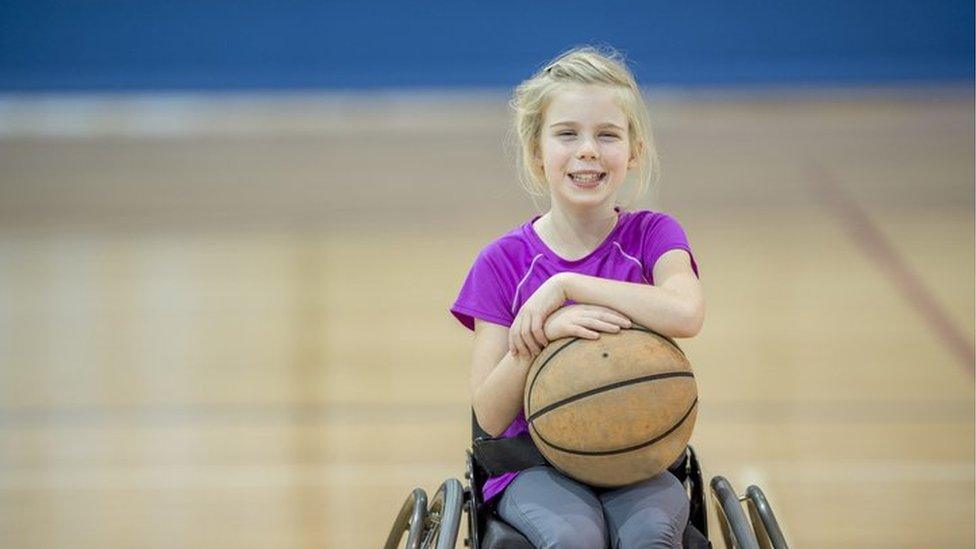World Cerebral Palsy Day 2023: What is it and how does it affect a person?
- Published

People across the globe are marking World Cerebral Palsy Day on 6 October.
The awareness day was first celebrated in 2012 and it aims to bring together people living with cerebral palsy as well as their families, supporters and organisations from all over the world.
It also raise awareness of the condition. The theme for this year's World Cerebral Palsy Day is "Together Stronger".
This theme highlights the importance of unity and mutual support within the cerebral palsy community and beyond.
Read on to find out more about the condition.
What is cerebral palsy?

Cerebral palsy is a term used to cover several brain conditions that develop before, during, or soon after, birth.
It is a physical disability that affects movement and co-ordination and can impact different parts of the body.
It is not a disease, an illness or something that someone can catch.
Why is it called cerebral palsy?
WATCH: Press Packer Elodie meets author Rosie Jones
Cerebral comes from Latin word cerebrum - which means "brain".
Palsy is a medical term which means weakness or problems with using the muscles.
How does cerebral palsy affect a person?

All people with cerebral palsy have problems with muscle control and movement however how severe the symptoms of cerebral palsy are vary from person to person.
Some people only have minor problems, while others may be severely disabled.
WATCH: 'I want to play at the Cerebral Palsy World Cup one day!'
People with cerebral palsy may also have other associated conditions including - vision, hearing, communication and mobility needs.
Cerebral palsy does not get worse over time, although symptoms can change over a person's lifetime.
How common is cerebral palsy?

There are thought to be more than 17 million people across the world living with cerebral palsy.
The condition affects about 1 in every 400 children in the UK.
What causes cerebral palsy?

Cerebral palsy can happen if a baby's brain does not develop normally while they're in the womb, or if there are problems during, or soon after, birth.
According to the NHS, there are four main types of cerebral palsy.
Spastic cerebral palsy - the muscles are stiff and tight (especially when trying to move them quickly), making it difficult to move and reducing the range of movement that's possible.
Dyskinetic cerebral palsy - the muscles switch between stiffness and floppiness, causing random, uncontrolled body movements or spasms.
Ataxic cerebral palsy - when a person has balance and co-ordination problems, resulting in shaky or clumsy movements and sometimes tremors.
Mixed cerebral palsy - when a person has symptoms of more than one type of cerebral palsy.
There is currently no cure for cerebral palsy, but treatments such as physiotherapy, speech and other therapies are available to help people with the condition be as active and independent as possible.
